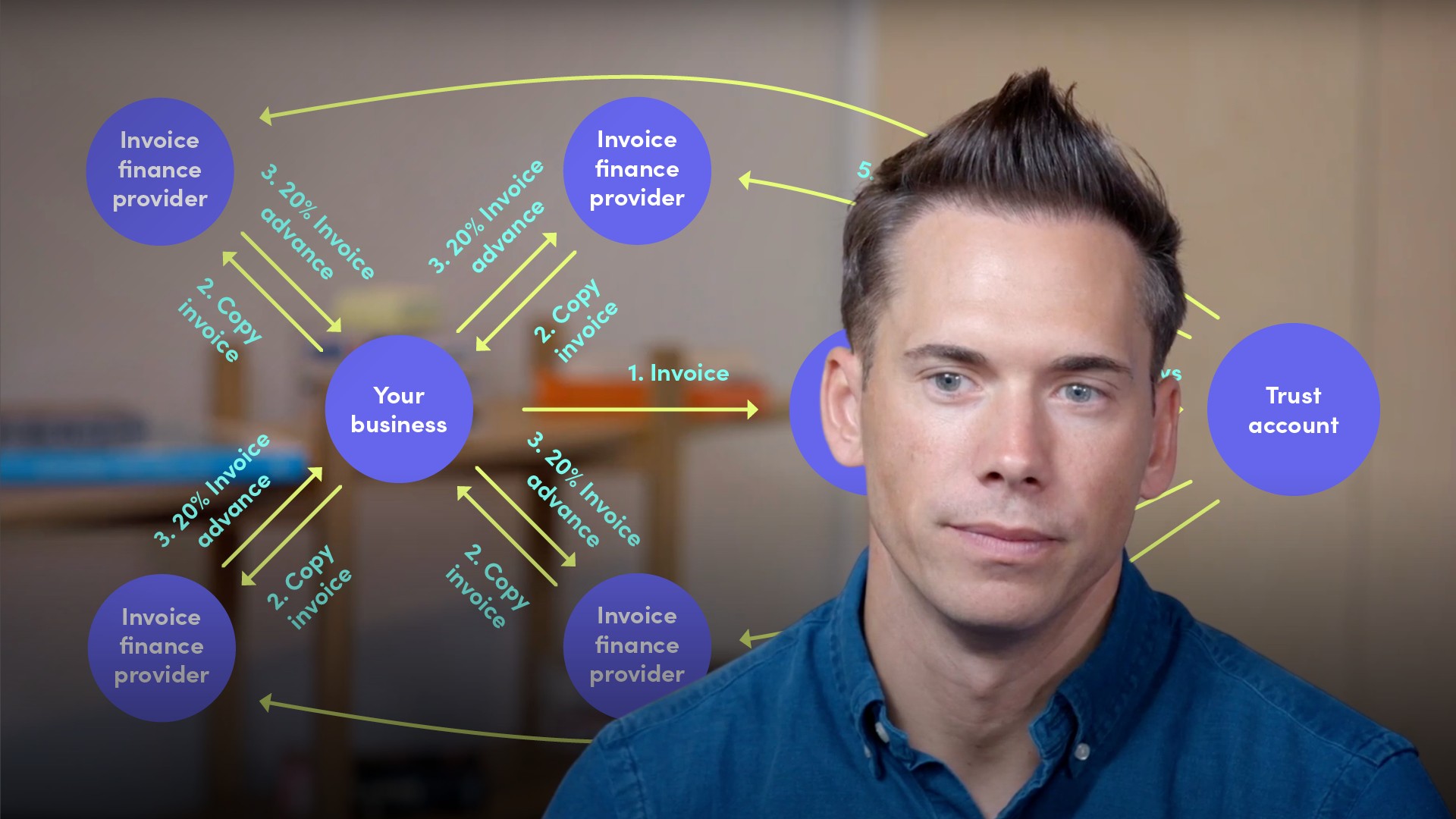
Types of Invoice Finance Facilities

Mark Thompson
15 years: Invoice finance
There are various structures within invoice finance, all using the receivables as the foundation of the funding and security. In this video, Mark discusses some of these structures, including confidential invoice discounting, factoring, and asset-based lending.
There are various structures within invoice finance, all using the receivables as the foundation of the funding and security. In this video, Mark discusses some of these structures, including confidential invoice discounting, factoring, and asset-based lending.
Subscribe to watch
Access this and all of the content on our platform by signing up for a 7-day free trial.

Types of Invoice Finance Facilities
3 mins 23 secs
Key learning objectives:
Identify the different variants of invoice finance facilities
Discuss all the types of invoice finance facilities and when they might be used
Explain the benefits of factoring
Overview:
There are a wide array of invoice finance facilitates. For example CID, whereby there is a disclosure, and factoring, where the funder is directly accountable for collection of debts. Likewise, for a larger coverage of receivables, SID and ABL are used.
Subscribe to watch
Access this and all of the content on our platform by signing up for a 7-day free trial.
What are the variants of invoice finance facilities?
- Disclosure
- Financiers involvement
- Breadth of receivables being funded
What is Confidential Invoice Discounting?
This is deemed confidential because the debtor is not notified of the involvement of the financier and the facility is therefore non-disclosed. This type of facility will normally be a whole turnover agreement whereby the customer sends all invoices raised to the financier.
These are typically structured for £500k+ turnover.
What is Factoring, and what are its benefits?
This is when the financier is directly involved in the gathering of debts. Most often, the invoices will state as such. Hence, the financier has a greater responsibility and the payment is made directly to their specific bank account.
The benefits are the following:
- Where customers do not have a robust credit control function, they see value in having their financier follow up on the invoices owed
- The financier deems there to be a benefit in having this control due to the risk associated with the specific collateral
What is Selective Invoice Financing?
This is where the individual invoices are funded rather than the whole turnover. This is typically prevalent in the fintech space.
What is Asset Based Lending?
In addition to the invoice receivable, other assets are funded within a structure. Other assets whereby legal ownership could be taken include:
- Stock and inventory
- Plant and machinery
- Property
These facilities tend to be structured for the larger corporate enterprises where funding is often syndicated across multiple financiers to mitigate the total lending risk.
Subscribe to watch
Access this and all of the content on our platform by signing up for a 7-day free trial.

Mark Thompson
There are no available Videos from "Mark Thompson"



























